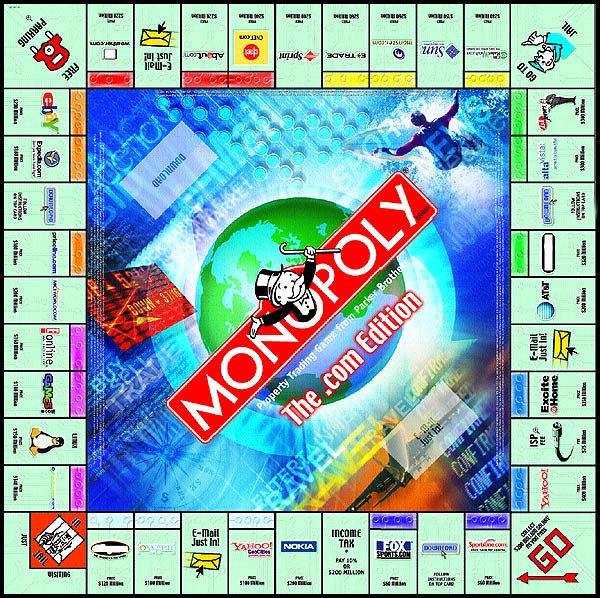

Where P is price, MC is marginal cost and E is the elasticity of demand. Lerner’s index (L) = (P – MC) / P = 1 / | E | This index basically measures the price markup on marginal cost. Conversely, if the elasticity of demand is high (demand is relatively elastic), the firm has less market power.Įconomists use the Lerner Index to measure market strength. The company is better positioned to charge prices higher than its marginal cost if demand elasticity is low (demand is relatively inelastic). So, indirectly, the resource authority will influence the cost structure in the market, which impacts the price in the market. Competitors may have to pay more to access resources. Companies can limit competitors to obtain the same resources.

Resource controlįirms also have influence over market prices if they have control over resources essential to production. The most common examples are in the electrical industry. Such situations will eventually lead to monopoly, which we often refer to as a natural monopoly. In fact, the market might require only one company to produce cheap output. To achieve economies of scale and lower costs, it requires a few players. Take, for example, a market (industry) which has the characteristics of a significant proportion of fixed costs. Market power comes from a variety of sources, including:Įconomies of scale affect a firm’s cost structure. Long story short, differentiation increases consumer switching costs. Once the company charges a higher price than other players, consumers will switch to cheaper products. Conversely, when producing a homogeneous product (mass product), the power over the selling price decreases. Product differentiation. Differentiation increases a firm’s ability to set a selling price.Moreover, if the market consists of a few players, it was easy for them to collude in setting prices. It will increase when the market leads to monopoly. As I explained earlier, market power in perfect competition is zero. The fewer players, the greater the monopoly power. In that case, the new entrant may offer at the equilibrium price, encouraging more purchases. Suppose the current firm charges a higher price than the equilibrium price. New entrants bring new capacities to the market and add choices for consumers. The higher the entry barriers, the higher the company’s chance to gain and maintain monopoly power. The significance of monopoly power depends on: Furthermore, the customer doesn’t have the option to switch to another product because there is no substitute product. Barriers to entry are also very high, allowing the company to maintain its power. The monopolist has neither direct competitors nor threats from substitute products. The monopolist determines supply, product quality, and selling price because it is the sole supplier. Or, they may collude or form cartels.įinally, the power over market prices is absolute in a monopoly market. I mean, in designing strategy, companies are likely to observe strategic decisions made by their opponents. Under an oligopoly market, competition has a more intriguing dimension. The fewer players, the higher the power over the selling price. Because the market comprises a few firms, firms have more market power than monopolistic competitive markets. Differentiation allows the company to set a selling price that is higher than the market price.įurthermore, monopoly power is getting more significant in the oligopoly market. One way is to differentiate product features or branding through advertising. They do this by differentiating the offer. In a monopolistic competitive market, firms have some power to set prices. Price takers work in a perfectly competitive market. It only takes the market price as the selling price of its products. When a company is a price taker, it has no control over their products’ selling price, let alone influence the market price. Monopoly power is often contrasted with a price taker.
The relationship between monopoly power and market structure Monopoly power is synonymous with market power and is often used interchangeably in some literature.


 0 kommentar(er)
0 kommentar(er)
